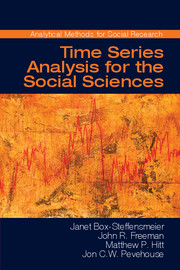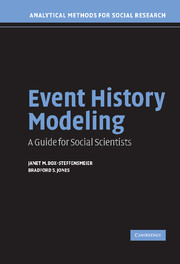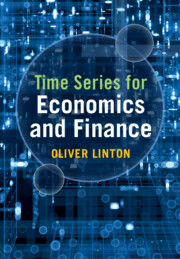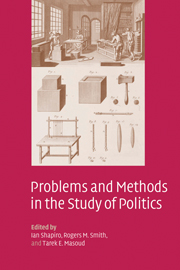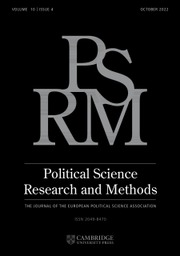Time Series Analysis for the Social Sciences
Time series, or longitudinal, data are ubiquitous in the social sciences. Unfortunately, analysts often treat the time series properties of their data as a nuisance rather than a substantively meaningful dynamic process to be modeled and interpreted. Time Series Analysis for the Social Sciences provides accessible, up-to-date instruction and examples of the core methods in time series econometrics. Janet M. Box-Steffensmeier, John R. Freeman, Jon C. Pevehouse and Matthew P. Hitt cover a wide range of topics including ARIMA models, time series regression, unit-root diagnosis, vector autoregressive models, error-correction models, intervention models, fractional integration, ARCH models, structural breaks, and forecasting. This book is aimed at researchers and graduate students who have taken at least one course in multivariate regression. Examples are drawn from several areas of social science, including political behavior, elections, international conflict, criminology, and comparative political economy.
- Appendix on difference equations to introduce students to the mathematics behind time series methods
- Highly accessible discussion of the methodology of time series analysis using numerous and widely varied examples in the social sciences
- Includes an online companion website with code and examples as well as a guide to software for time series analysis
Product details
December 2014Hardback
9780521871167
292 pages
236 × 156 × 21 mm
0.52kg
93 b/w illus. 30 tables
Available
Table of Contents
- 1. Modeling social dynamics
- 2. Univariate time series models
- 3. Dynamic regression models
- 4. Modeling the dynamics of social systems
- 5. Univariate, nonstationary processes: tests and modeling
- 6. Co-integration and error-correction models
- 7. Selections on time series analysis
- 8. Concluding thoughts for the time series analyst.

